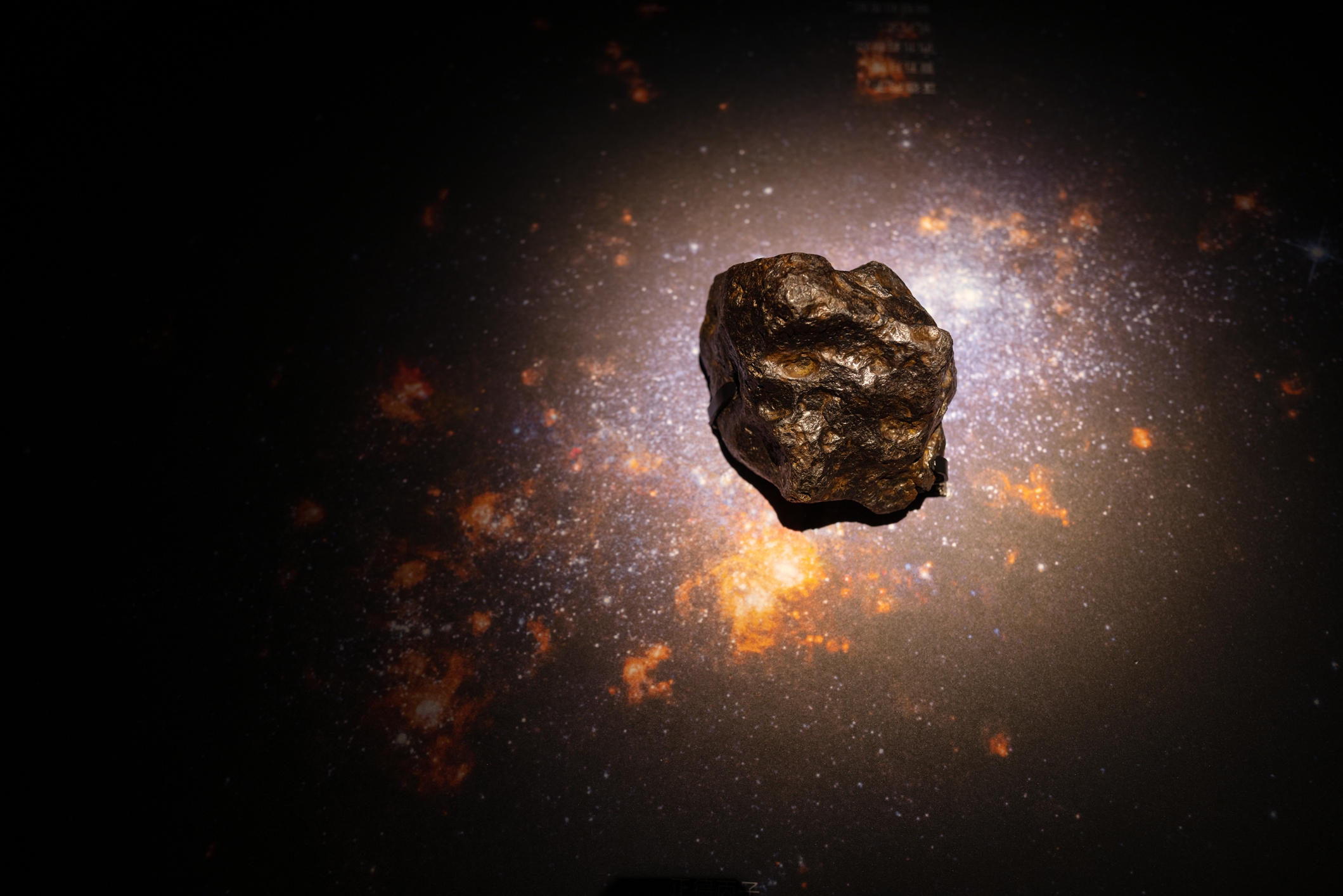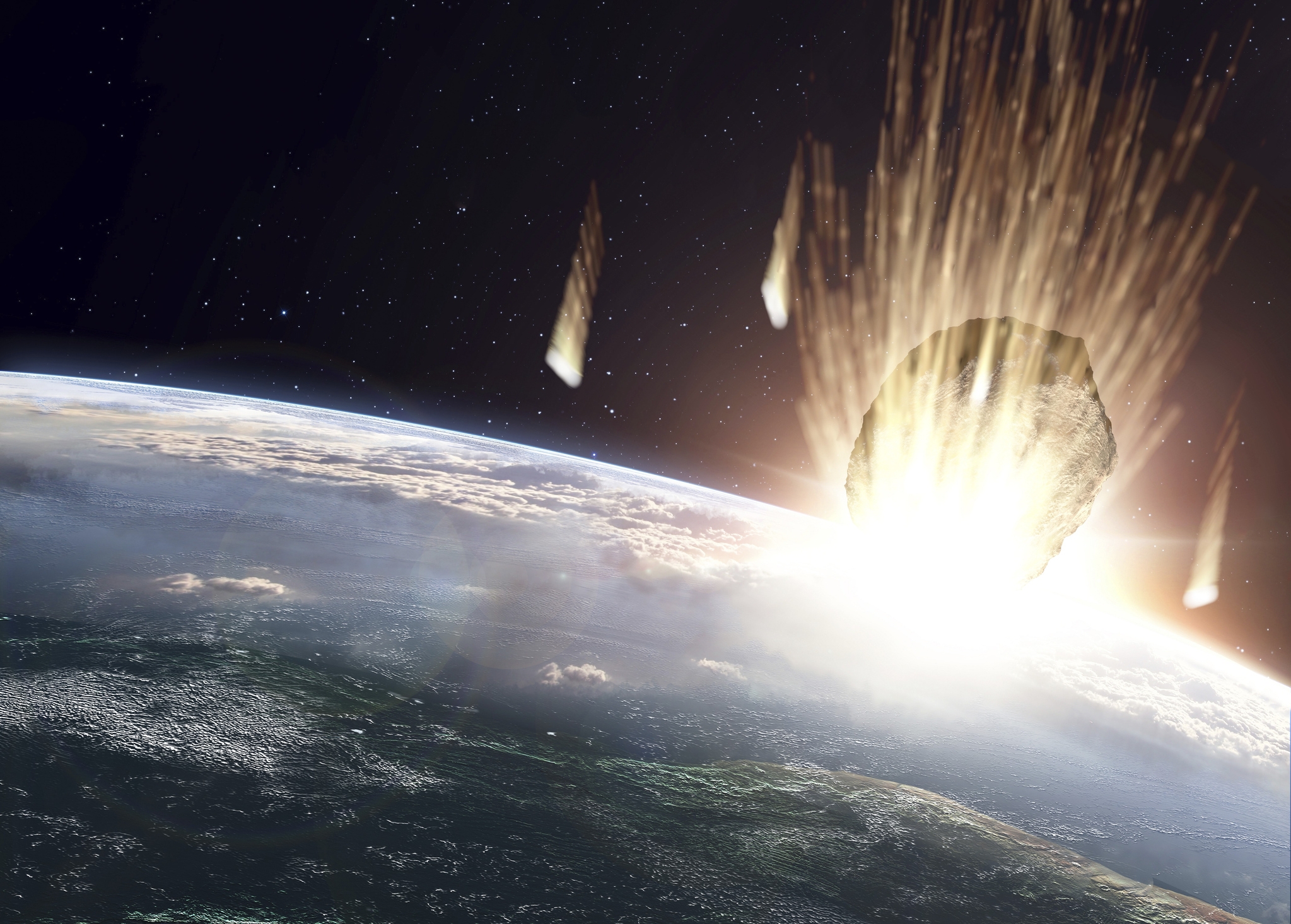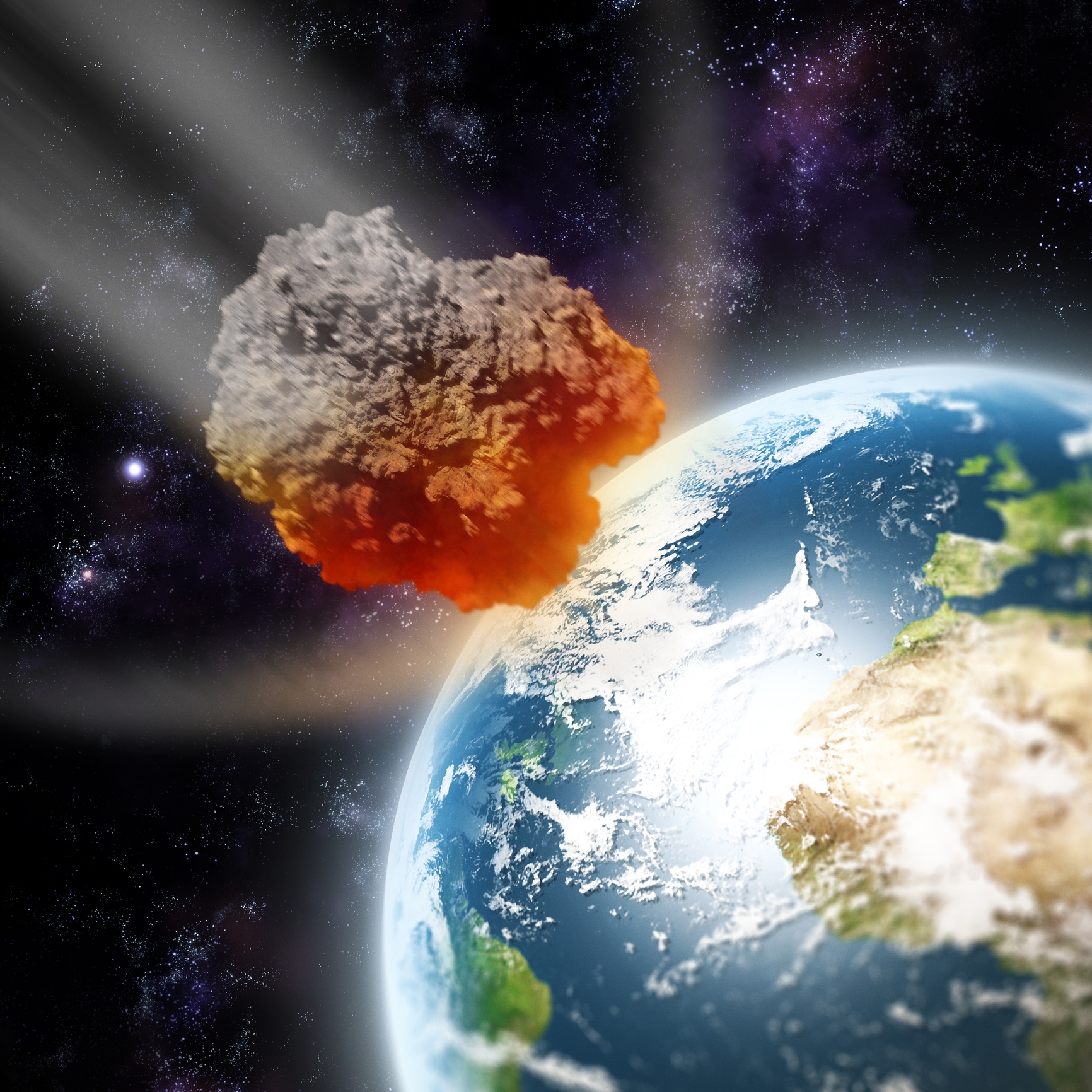Five asteroids are set to come dangerously close to the Earth this year, before a comet the size of Mount Everest is set to pass by next year.
According to reports, five asteroids are due to pass by our planet before the end of the year, varying in size from that of the Golden Gate Bridge to one the size of a school bus.
For most of us, space can be a simultaneously fascinating and terrifying thing. While scientific advancements have given us knowledge about a lot of what's out there, there's a whole lot more that still remains unknown.
And some things we'd rather not know - such as the fact there are giant space rocks hurtling near to us in the next month and a half.

As reported by the Daily Mail, NASA has flagged five asteroids that will come close to our planet this year, beginning with (2019 CZ2), which is an Apollo-class asteroid - those that cross the orbit of the Earth and shed meteorites that occasionally collide with the Earth.
This will pass by the Earth on November 25 at a distance of 666,000 miles (1.1 million km), and is a pretty small asteroid with a diameter estimated to be between 68ft (21m) and 308ft (94m), making it comparable to a school bus.
This one is not thought to pose any potential danger to our planet, but is a near-Earth asteroid all the same.
(2013 VX4) is set to pass by on December 4, with this asteroid believed to be between 144ft (44m) and 325ft (99m) in diameter, similar to the Statue of Liberty in size.
This Apollo-class asteroid will come to around 1.2 million miles (1.9 million km) from the Earth when it reaches its nearest point.
139622 (2001 QQ142), is also an Apollo-class asteroid and is also pretty terrifyingly massive, as it is believed to be between 0.2 miles (0.347km) and one mile (1.552km) in diameter - so similar to the size of the Golden Gate Bridge.
This one is bigger than 97% of all known asteroids, and will be closest to the Earth on December 6, at 3.4 million miles (5.5 million km) away.

Another asteroid, 341843 (2008 EV5), is set to pass us on December 20 at a distance of 3.9 million miles (6.3 million km).
This one is an Aten-class asteroid, meaning it is one that spends the majority of its time hidden by the sun and has an orbital period of less than a year.
341843 (2008 EV5) is also no small rock, as it is believed to have a diameter of 1,300ft (0.4km), similar to the size of the US Capitol building.
Next up is 2020 YO3, another Apollo-class asteroid, which is thankfully smaller than most - but still measures in at between 101ft (31m) and and 230ft (70m) in diameter, making it around the same size as the London landmark Big Ben.
This one will get closest to the Earth on December 23, flying past at a distance of 47,000 miles (1.3 million km), and is not believed to be potentially hazardous to Earth like some of its larger counterparts.
As if that's not enough to give you a cold sweat, next year there's a comet which is nicknamed the "devil" which is expected to be visible in June 2024.
Known as 12P/Pons-Brooks, this space rock is currently exploding "like a volcano" on its way toward Earth - but thankfully, scientists say there's no chance it will actually hit our planet.

12P/Pons-Brooks is set to reach its maximum brightness in June, which will make it visible to the naked eye.
And if you were wondering how big 12P/Pons-Brooks is, well, it's actually three times the size of Mount Everest - so that's terrifying enough to know.
While scientists are sure this one won't endanger the Earth, it was the huge Chicxulub asteroid that wiped out the dinosaurs 66 million years ago.
There's not expected to be another occurrence like that one anytime soon, but NASA has prepared a defense strategy just in case, in the form of the Double Asteroid Redirection Test (DART), which proved successful last year.
The space agency has so far discovered over a million rocks circling in our solar system, including over 30,000 near-Earth objects (NEOs), some of which they have classes as "potentially hazardous".
Featured image credit: JUAN GARTNER/Getty Images
















